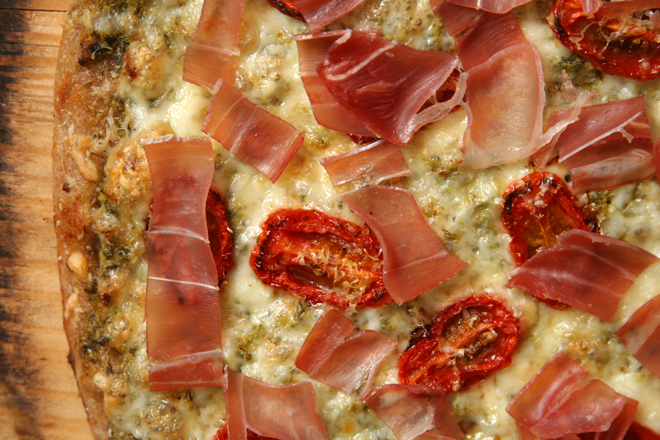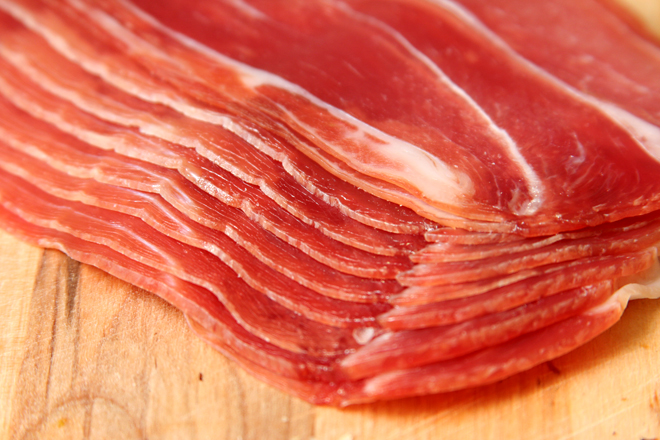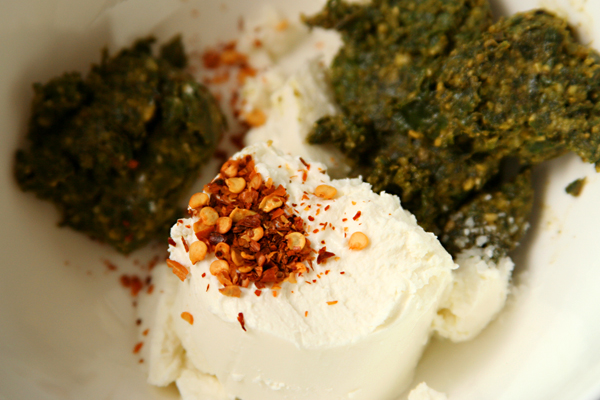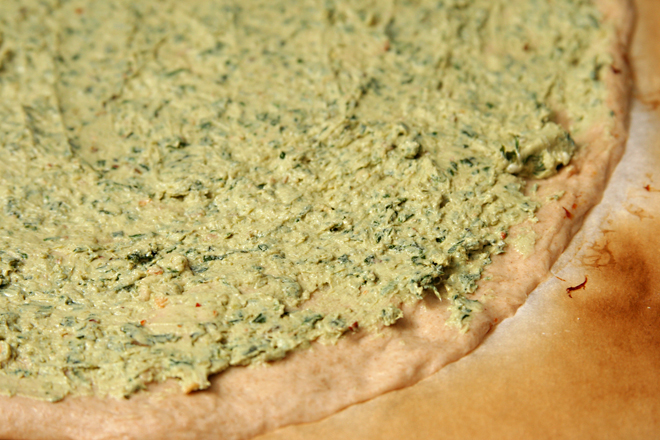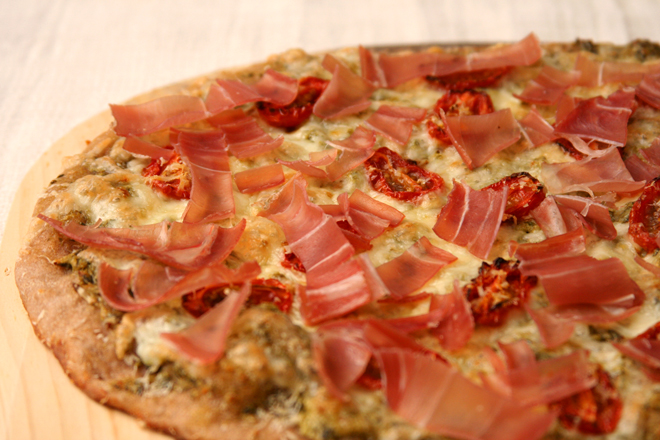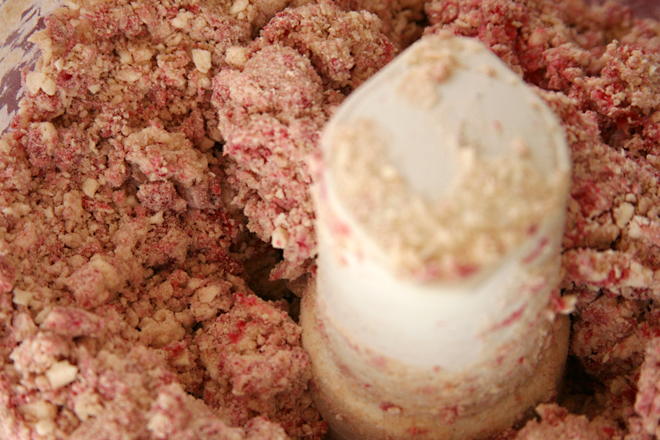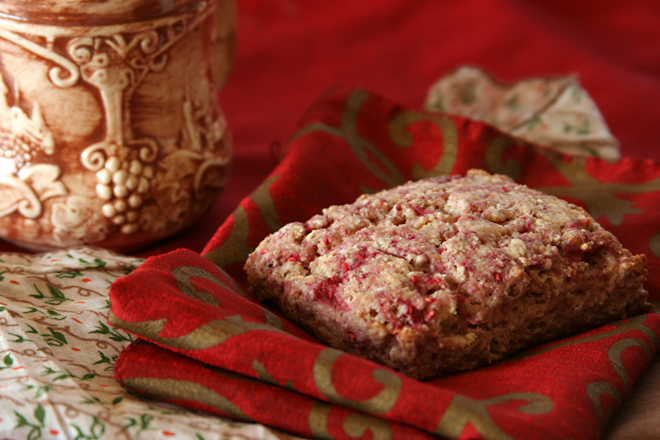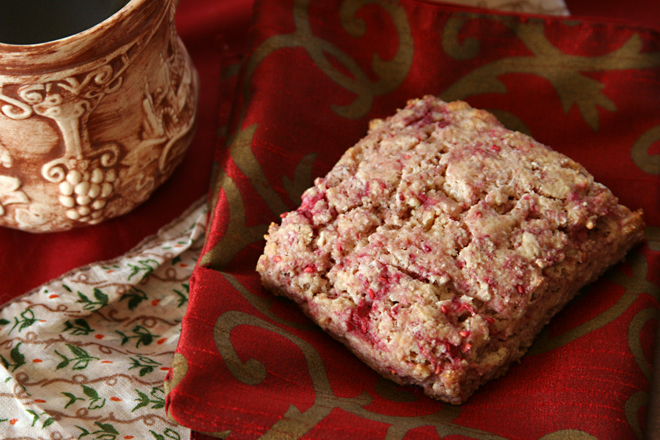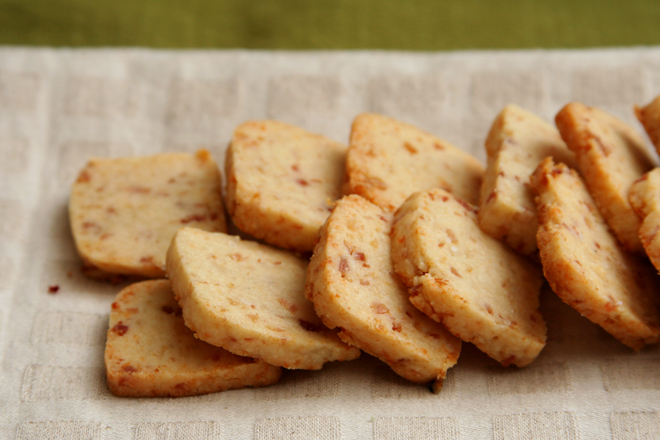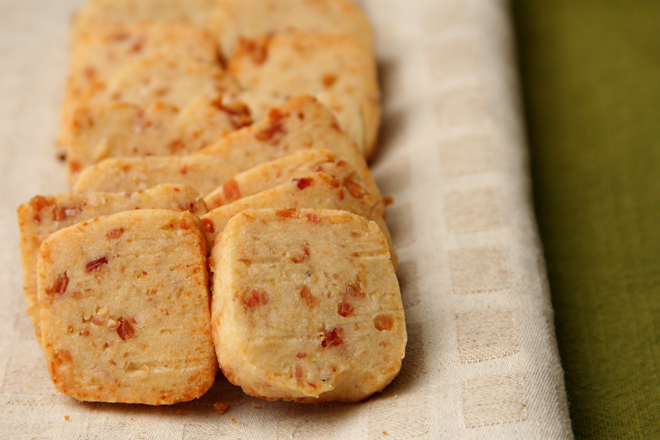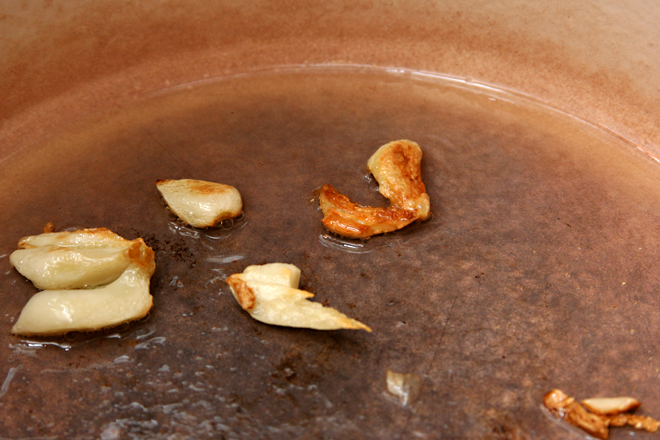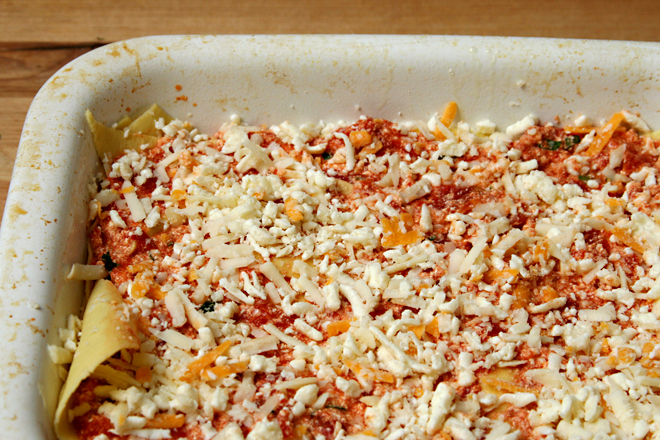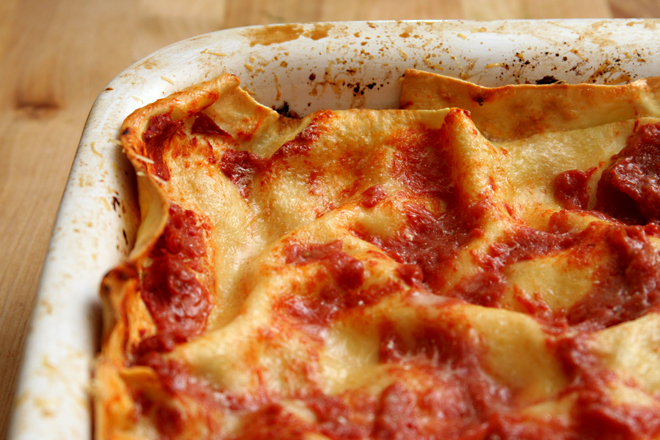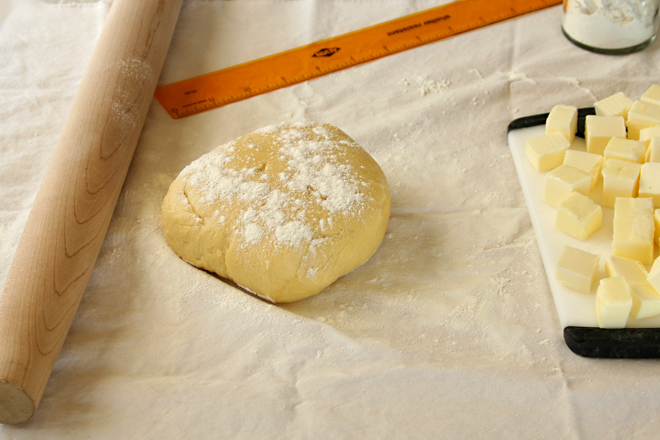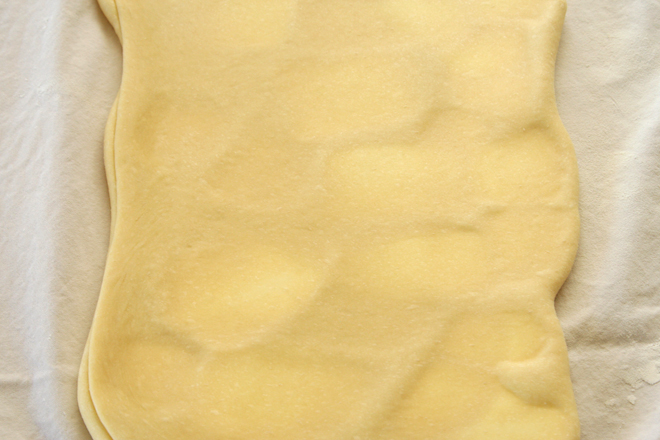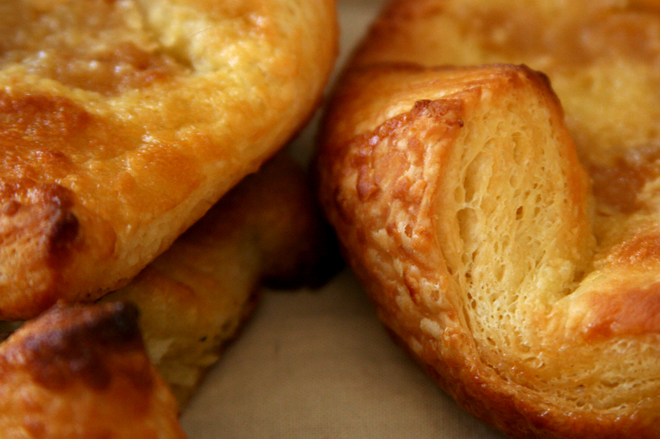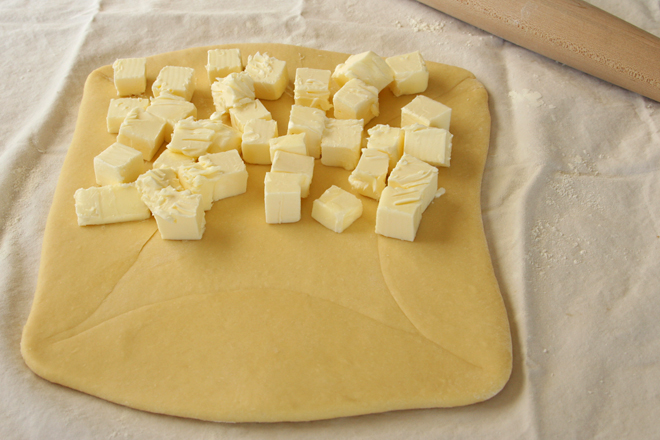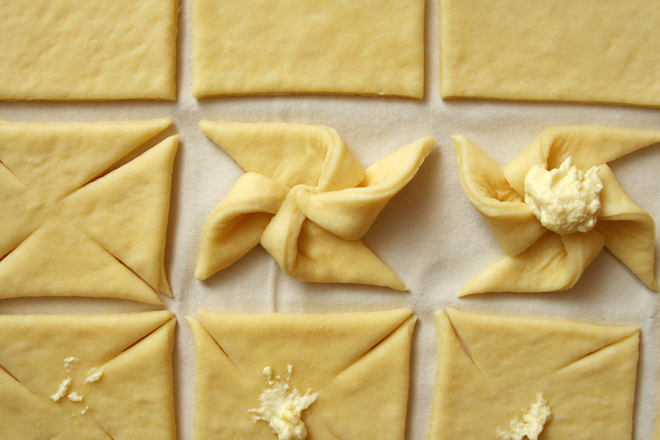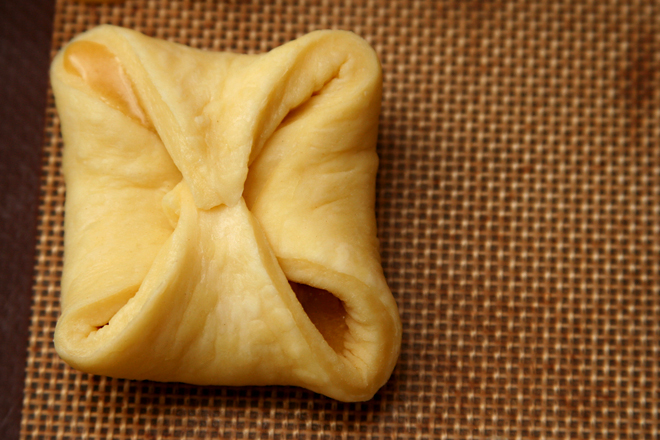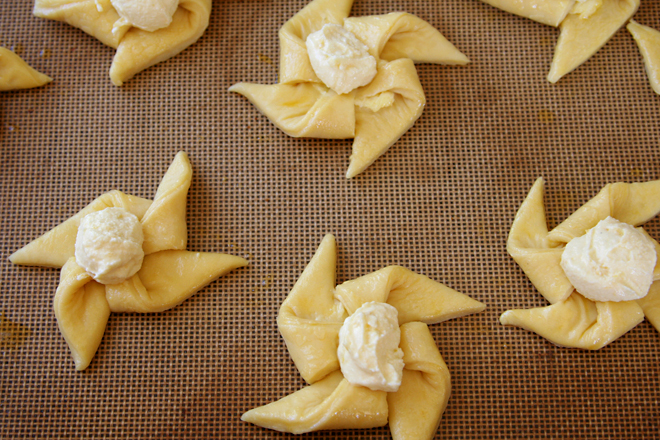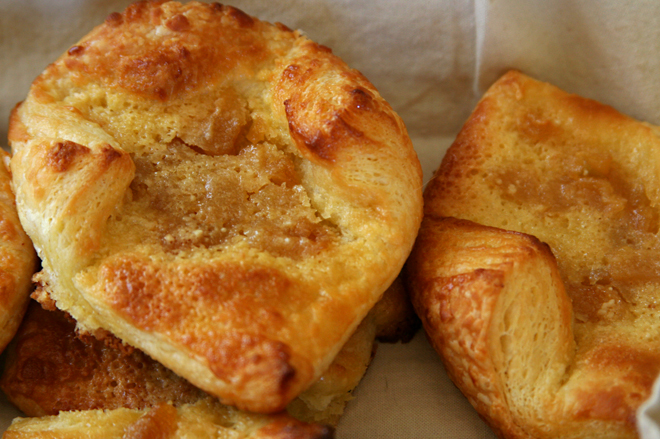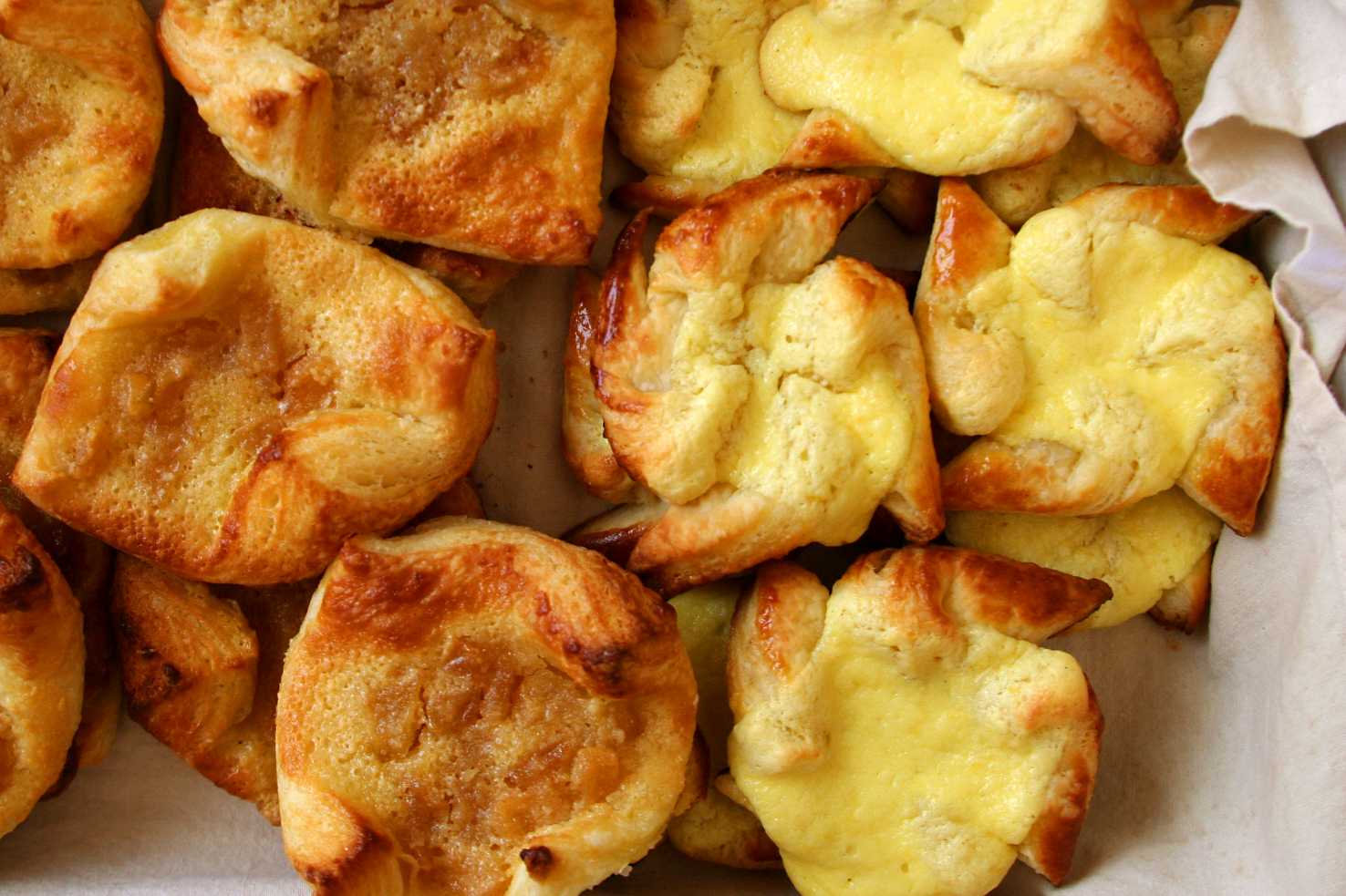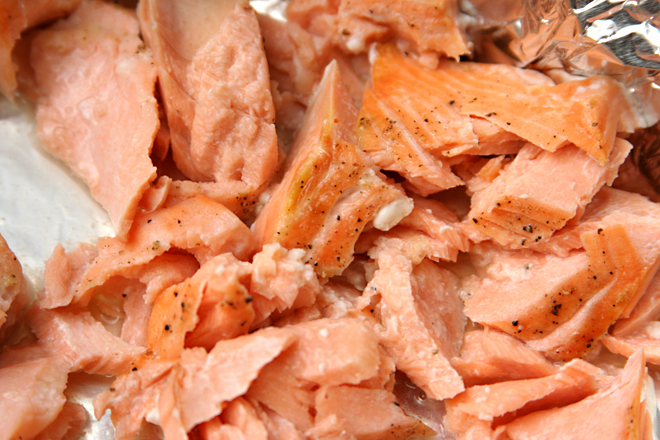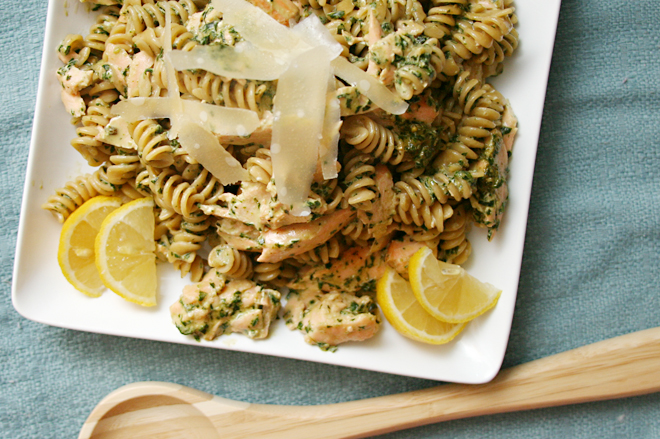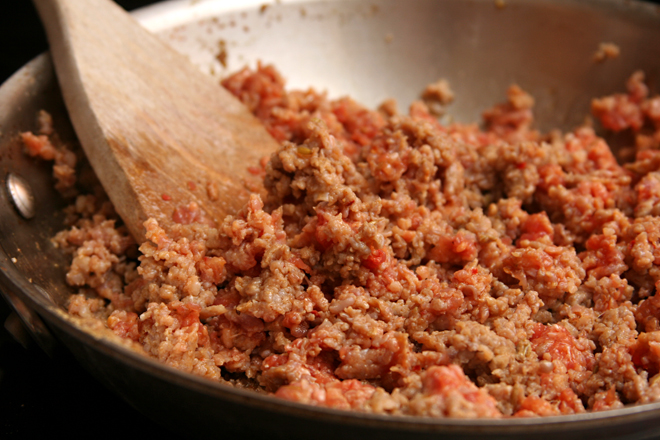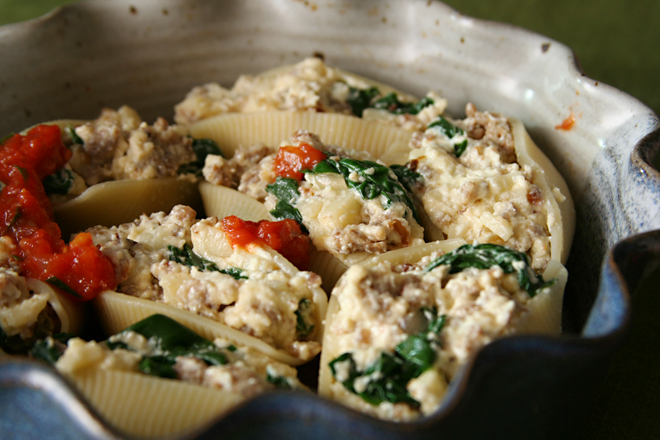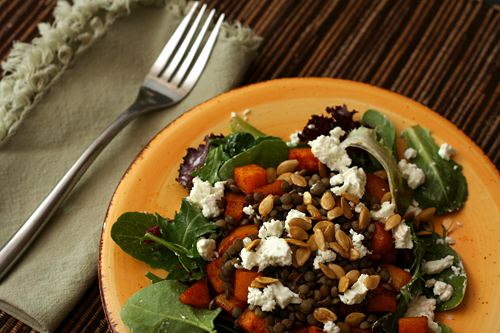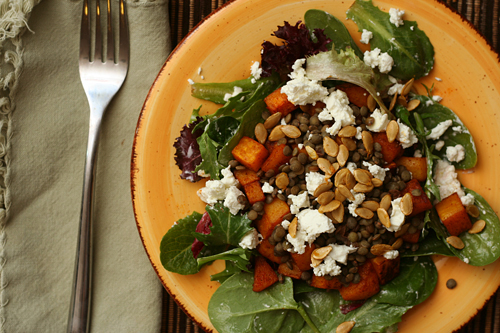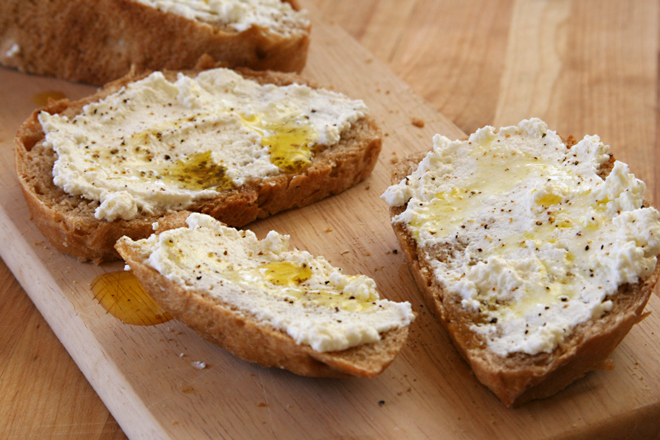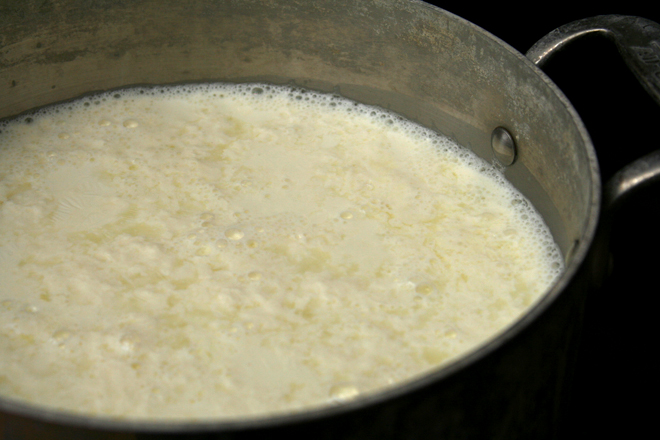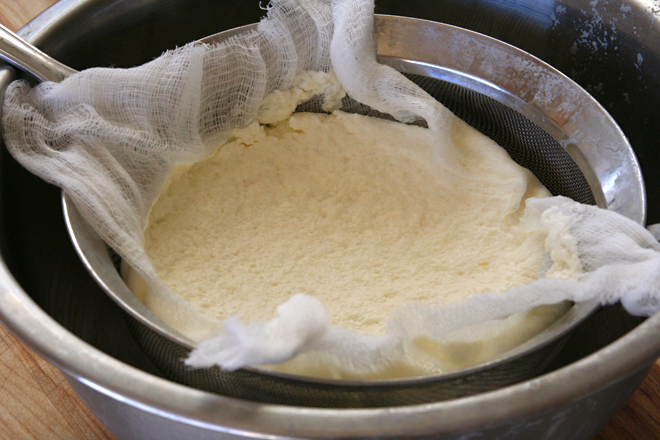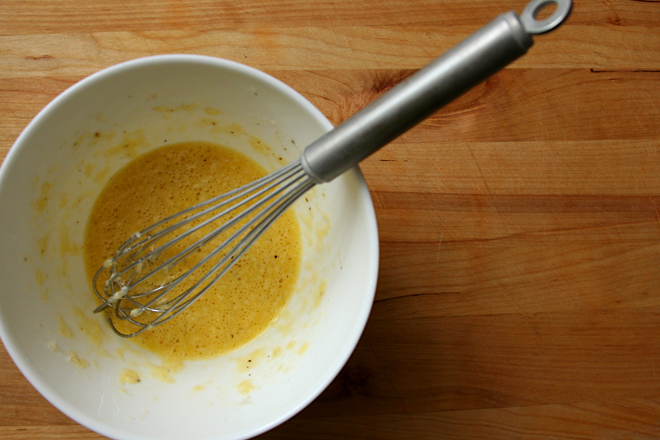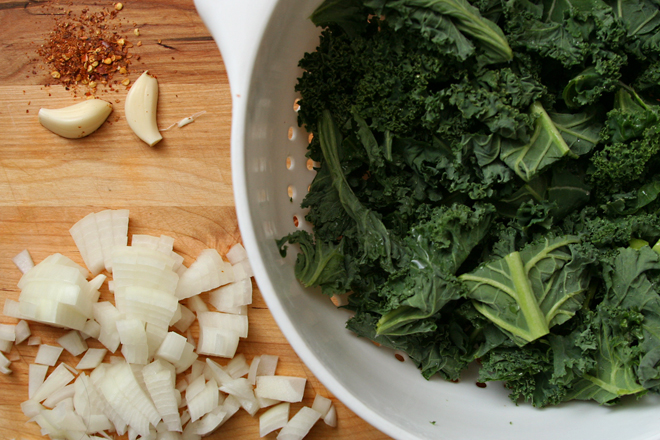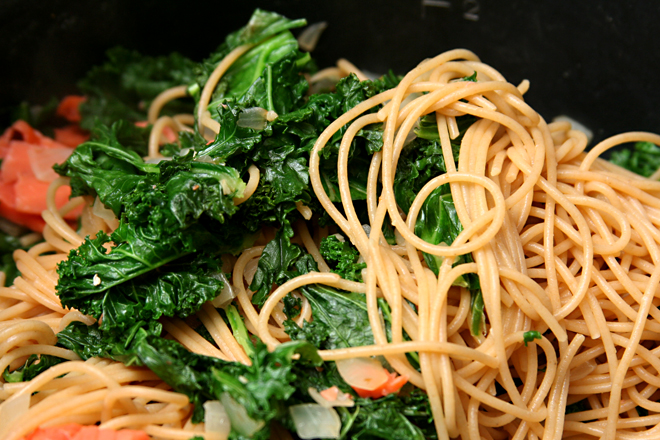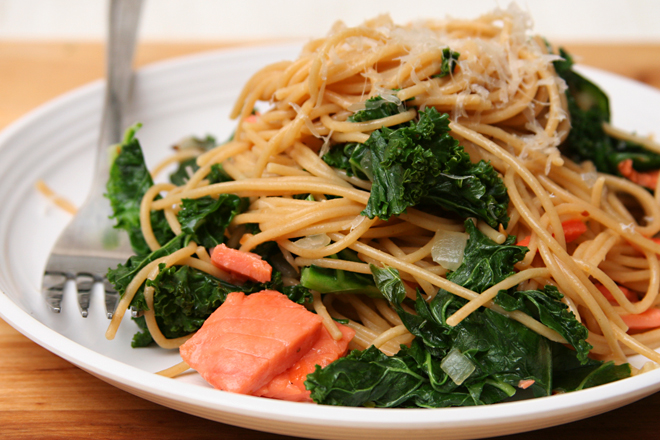I wrote out a formula for pizza. And I realize that for some people, that takes the fun out of developing recipes, but I’m a scientist, so what do you expect from me? And here’s what I decided:
Many of my favorite foods have a balance of the five basic flavors – sweet, salty, sour, bitter, umami, and then I’m going to add heat or spice to this as well. A traditional pizza incorporates most of these; tomato sauce is acidic and rich in umani, the crust is often just a bit sweet, the cheese is salty, and a sprinkling of red chile flakes adds heat. Beyond the flavors, I like pizza best when there’s some sort of sauce (like tomato sauce, obviously), a glue (this would be the mozzarella in a traditional pizza), and toppings.
For this pizza, I started with goat cheese, because I hadn’t had it in a while and I love it. Goat cheese is tart, or sour, so that takes care of that flavor, but unlike many other cheeses, it doesn’t make a very good glue, so it would be incorporated as either the sauce or a topping. I wanted something sweet, and caramelized onions would be great, but slow-roasted tomatoes could work as well. Tomatoes have umami, but I thought meaty prosciutto would also go particularly well with the goat cheese. And I liked prosciutto better with tomatoes than onions. Prosciutto is salty, as was the dusting of parmesan I couldn’t resist sprinkling on top.
That gave me a bunch of toppings, and I could make the goat cheese into a sauce, but I still needed glue. I decided to stick to good ol’ mozzarella. You can never go wrong with putting mozzarella on pizza. And I still felt like the pizza might be missing something, especially something with light, fresh flavors, so I mixed pesto into the goat cheese, which also made it into a more spreadable sauce-like consistency. Red pepper flakes, common on pizza, added spicy heat.
And then after all my pizza math, I realized that I had hardly varied from traditional pizza, with tomatoes, mozzarella, and cured meat. All I did was change the order of layering – that, and develop an infallible formula for an infinite number of future pizza recipes. I’ll call that a success on all counts.
One year ago: Protein Waffles
Two years ago: Cherry Tomato Salad
Three years ago: Coconut Butter Thins
Four years ago: Perfect Party Cake
Printer Friendly Recipe
Pizza with Prosciutto, Goat Cheese, and Roasted Tomatoes
Makes one 12-inch pizza, serving about 3 people
1 cup grape tomatoes, halved
salt
cooking spray
1 pound pizza dough (⅓ of this recipe)
2 ounces goat cheese, room temperature
2 tablespoons pesto
¼ teaspoon red pepper flakes
4 ounces (1 cup) shredded mozzarella cheese
¼ cup (½ ounce) freshly grated parmesan
2 ounces prosciutto, sliced
1. Place a pizza stone on the bottom rack of the oven and preheat the oven to 300 degrees. Adjust another rack to the middle oven position. Line a baking sheet with parchment paper or a silicone mat. Arrange the tomatoes, cut-side up, on the baking sheet. Sprinkle lightly with salt and spray with cooking spray. Bake for 30 minutes, until shriveled. Remove the tomatoes from the oven, set aside, and increase the oven temperature to 500 degrees.
2. Shape the dough into a ball. Set it aside for 10 to 30 minutes, loosely covered, to allow the gluten to relax. In a small bowl, combine the goat cheese, pesto, and red pepper flakes.
3. Working on a lightly floured surface or a damp cloth, flatten the dough, then pick it up and gently stretch it out, trying to keep it as circular as possible. Curl your fingers and let the dough hang on your knuckles, moving and rotating the dough so it stretches evenly. If it tears, piece it together. If the dough stretches too much, put it down and gently tug on the thick spots. Transfer the round of dough to a large square of parchment paper; slide onto a pizza peel.
4. Spread the goat cheese mixture over the dough, then evenly disperse the mozzarella, tomatoes, and parmesan over the goat cheese. Slide the pizza with the parchment onto the hot baking stone. Bake for 8-10 minutes, until the crust is browned around the edges. Transfer the pizza to a cooling rack without the parchment. Top with the prosciutto. Let the pizza rest for 5 minutes before serving.
